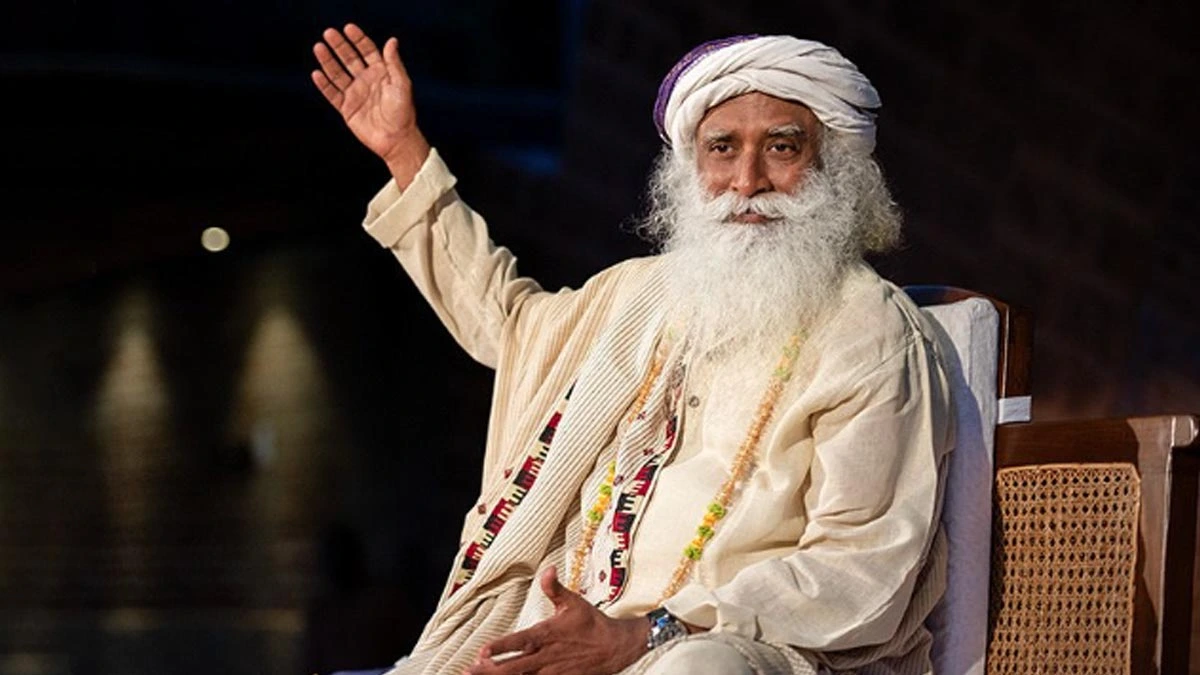The Health Ministry has recently revised guidelines for mild, moderate and severe Covid-19 patients. The guidelines have been issued by AIIMS, ICMR – Covid-19 National Task Force, and Joint Monitoring Group (DGHS) under Union Health Ministry for management of adult Covid-19 patients. The latest guideline also gives details on Remdesivir and Tocilizumab medicines.
What is the difference between mild, moderate and severe infections?
There may be upper respiratory tract symptoms and/or fever without shortness of breath or hypoxia in a mild infection. In such instances, the guidelines urge that the patient be isolated at home.
Those who have breathlessness and an oxygen saturation ranging between 90 and 93 percent will be deemed intermediate cases and may be hospitalised. For such patients, treatment has been recommended.
Respiratory rate over 30 per minute, breathlessness or oxygen saturation lower than 90 percent on room air should be considered as a severe disease. Such patients should be admitted to the intensive care unit (ICU).
Guidelines for Covid-19 patients having mild symptoms:
Must-Dos
Home isolation, physical distancing, indoor mask use, and monitoring temperature and oxygen saturation.
When to seek help?
Difficulty in breathing or SpO2 <93% High-grade fever/severe cough, particularly if lasting for >5 days
A low threshold is to be kept for those with any of the high-risk features
May Dos
Inhalational Budesonide (given via Metered-dose inhaler/ Dry powder inhaler) at a dose of 800 mcg BD for 5 days) to be given if symptoms (fever and/or cough) are persistent beyond 5 days of disease onset.
Guidelines for Covid-19 patients having moderate symptoms:
May Dos
Awake proning is encouraged in all patients requiring supplemental oxygen therapy (sequential position change every 2 hours).
Must-Dos
Inj. Methylprednisolone 0.5 to 1 mg/kg in 2 divided doses (or an equivalent dose of dexamethasone)usually for a duration of 5 to 10 days.
Patients may be initiated or switched to the oral route if stable and/or improving.
There is no evidence for benefit for injectable steroids in those not requiring oxygen supplementation, oron continuation after discharge.
Anti-inflammatory or immunomodulatory therapy (such as steroids) can have the risk of secondary infection such as invasive mucormycosis when used too early, at a higher dose or for longer than required.
Conventional dose prophylactic unfractionated heparin or low molecular weight heparin (weight based e.g. enoxaparin 0.5mg/kg per days SC). There should be no contraindication or high risk of bleeding.
Guidelines for Covid-19 patients having severe symptoms:
May Dos
Consideruseof NIV (Helmetor facemask interface depending on availability) in patients with increasing oxygen requirement, if work of breathing is low.
Consider the use of HFNC inpatients with increasing oxygen requirements.
Intubation should be prioritized in patients with high work of breathing /if NIV is not tolerated.
Use institutional protocol for ventilatory management when required.
Must-Dos
Inj Methylprednisolone 1 to 2 mg/kg IV in two divided doses (or an equivalent dose of dexamethasone) usually for a duration of 5 to 10 days.
Steroids can have a risk of secondary infection such as black fungus when used too early, at a higher dose, or for longer than the required period.
Monitoring:
Clinical monitoring: Work of breathing, hemodynamic instability, change in oxygen requirement
Serial CXR; HRCT chest to be done only if there is worsening
Lab monitoring: CRP, D-dimer, blood sugar 48 to 72 hourly; CBC, KFT, LFT 24 to 48 hourly.
Remdesivir may be considered only in patients with:
10 days of onset of symptoms, in those having moderate to severe diseases (requiring supplemental oxygen), but who are not in IMV or ECMO
Consider remdesivir for five days to treat hospitalised patients with Covid-19 (No evidence of benefit for treatment more than five days)
Not to be used in patients who are not on oxygen support or in the home setting
Recommended dose: 200 mg IV on day 1 followed by 100 mg IV OD for the next four days.
Tocilizumab may be considered only in patients with:
Read Also: Covid-19 update: India logs 2.38 lakh new cases, 310 deaths in last 24 hours, Omicron cases stand at 8,891 | Check state-wise list
Rapidly progressing Covid-19 needing oxygen supplementation or IMV and not responding adequately to steroids (preferably within 24-48 hours of the onset of severe disease/ICU admission)
Preferably to be given with steroids
No active tuberculosis, fungal, systemic bacterial infection
Long term follow up for secondary infections (such as reactivation of TB, flaring of Herpes, etc)
Recommended single dose: 4 to 6 mg/kg ( 400 mg in 60 kg adult) in 100 ml NS over one hour
Note: If cough persists for more than 2-3 weeks, investigate for tuberculosis and other conditions.

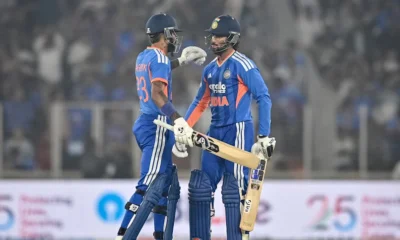
 Cricket news23 hours ago
Cricket news23 hours ago
 Cricket news9 hours ago
Cricket news9 hours ago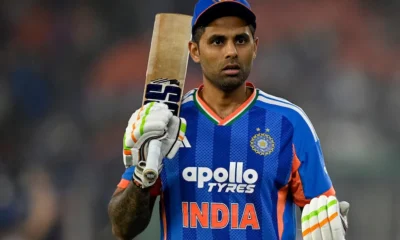
 Cricket news24 hours ago
Cricket news24 hours ago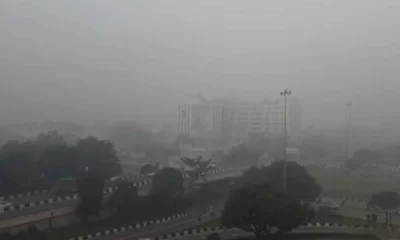
 India News9 hours ago
India News9 hours ago
 Entertainment24 hours ago
Entertainment24 hours ago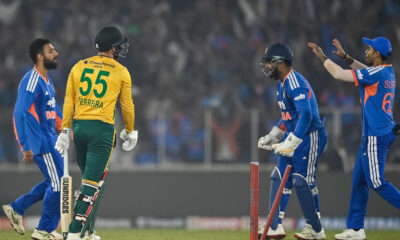
 Cricket news10 hours ago
Cricket news10 hours ago
 India News10 hours ago
India News10 hours ago
 India News10 hours ago
India News10 hours ago

